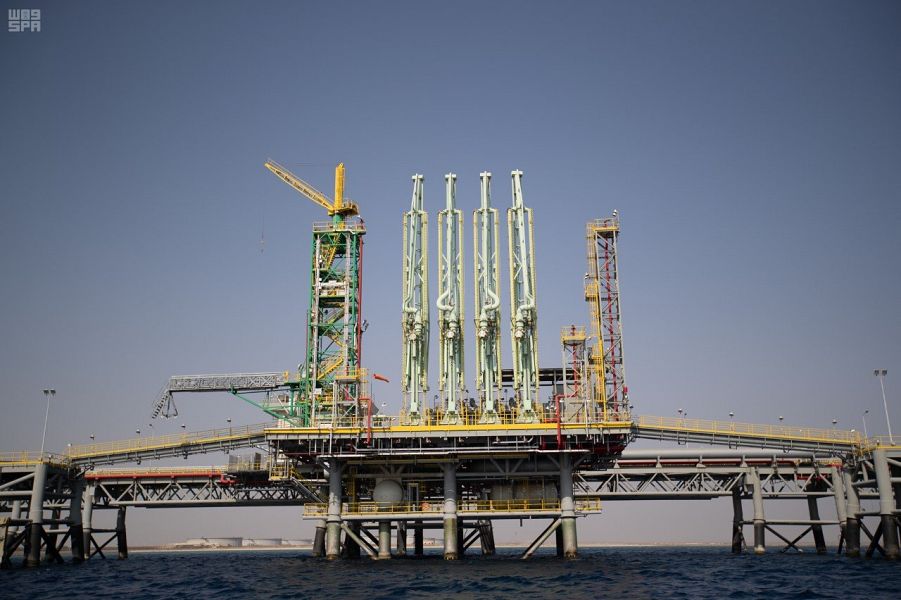Brent crude headed for its biggest weekly gain since December 2016 after several months of price falls as Saudi Arabia’s production cuts outweighed concerns over the health of the global economy, according to reports.
The weekly gain – nearly 9% on the Brent crude index – follows three weeks of losses and its worst quarter in four years, with a 20 percent annual loss.

Khalid Al-Falih, Saudi Arabia’s Minister of Energy, Industry, and Mineral Resources.
Several factors helped to boost oil prices this week to start the new year. Saudi Arabia and the OPEC+ nations, which includes Russia, enacted supply cuts in order to erode a global supply glut. Oil also gained this week on positive U.S. economic news and easing fears of a global recession in 2019. Prices rose further on Friday after China said it would hold trade talks with the United States, CNBC reports.
Additionally, the American Petroleum Institute (API) reported a 4.5 million-barrel drop in crude inventories evidence that the glut was beginning to show signs of fading.
The potential for a weaker dollar value may also help oil prices in 2019. A stronger dollar usually creates headwinds for commodity prices, since crude oil is priced in dollars.
“[T]here are signs that the dollar’s rise may be coming to an end as trade tensions with China weigh and pressure to raise rates dissipates, lifting prospects for oil prices to recover,” John Kemp writes for Reuters. “A scenario with lower U.S. interest rates, dollar depreciation, easing trade tensions and an improving global economic outlook could ultimately help push oil prices higher.”









